Ecuador – Part 5: Around the Sierra
We are heading uphill again. Our first brief stop is at Hacienda Chan Chan, a small farm that is perhaps a thousand feet or so above Cuenca and a short ride from the city. In Cuenca there is no “urban sprawl.” You are either in the city or you aren’t. At Hacienda Chan Chan, you aren’t.
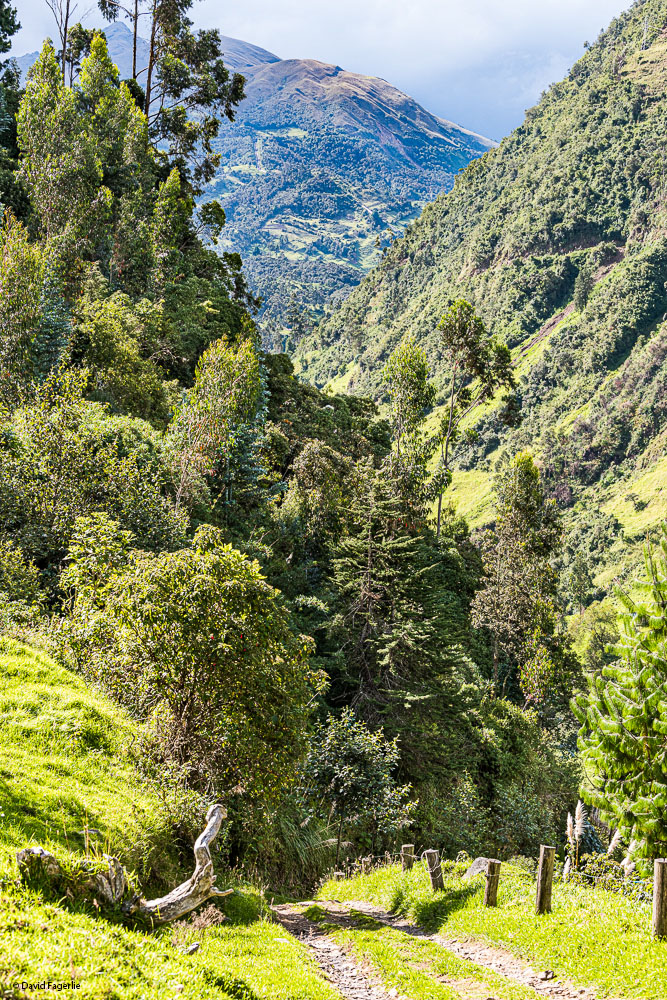
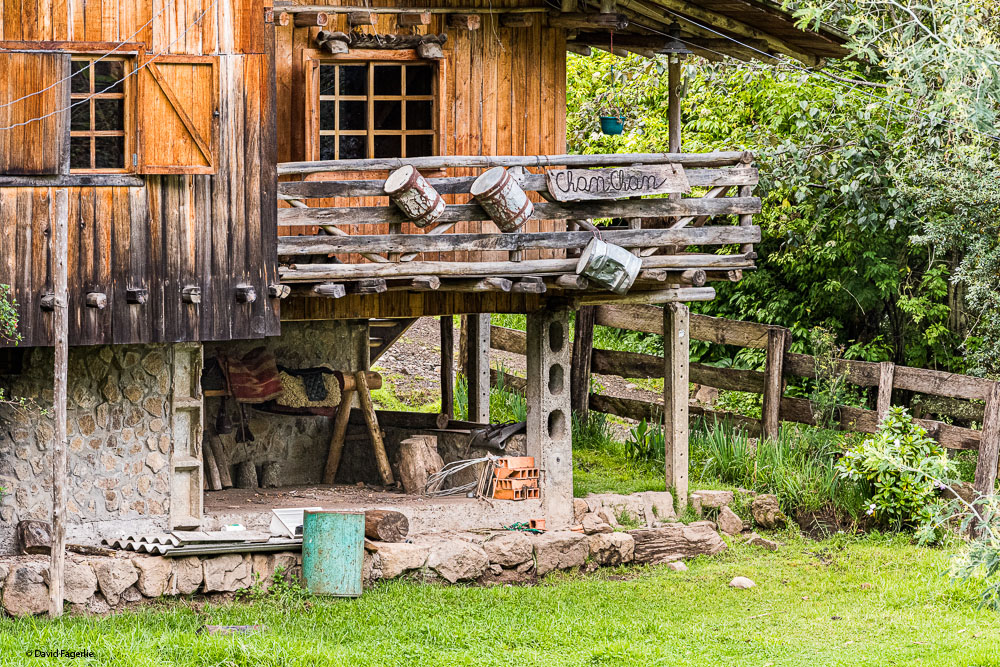
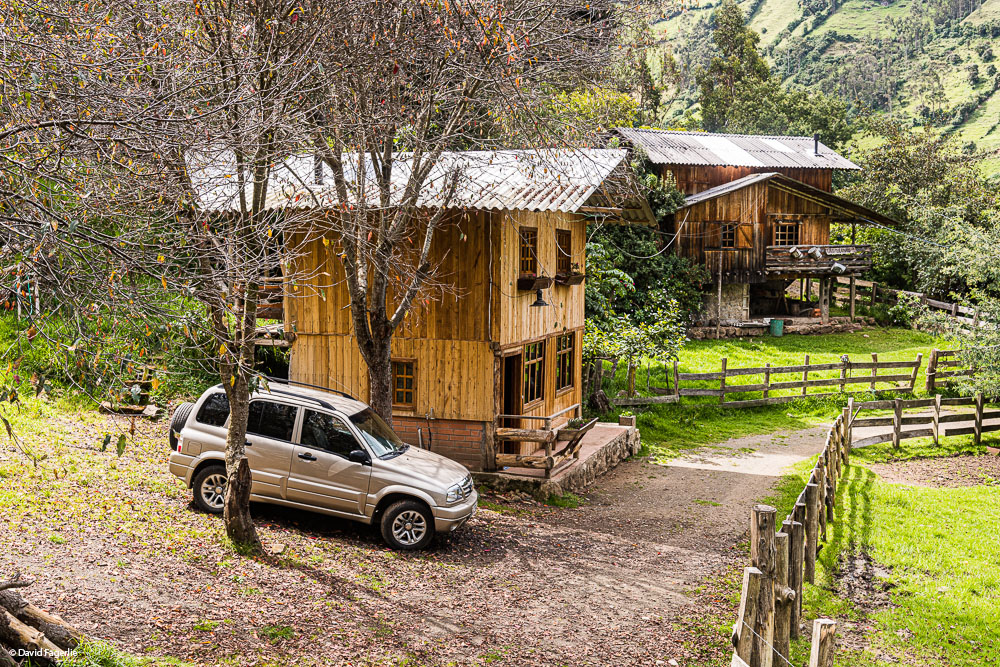
My friend Jeff (on the left) is an expert in agriculture. He was trained in the USA where he consulted with farmers about livestock health and more. He was thrilled to talk “dairy farming” with the farm owner and feed the hogs. Jeff was as “happy as a pig in mud.”
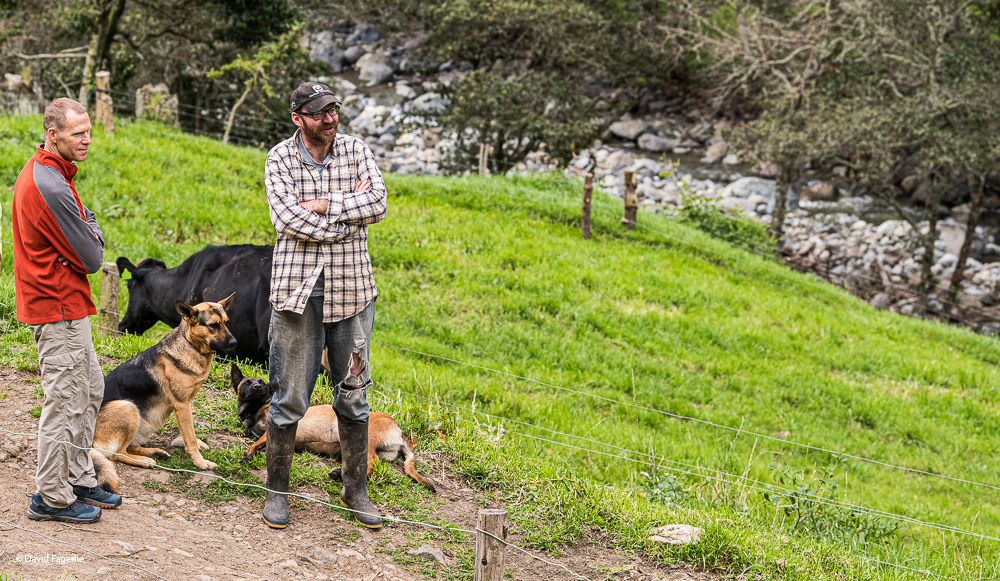
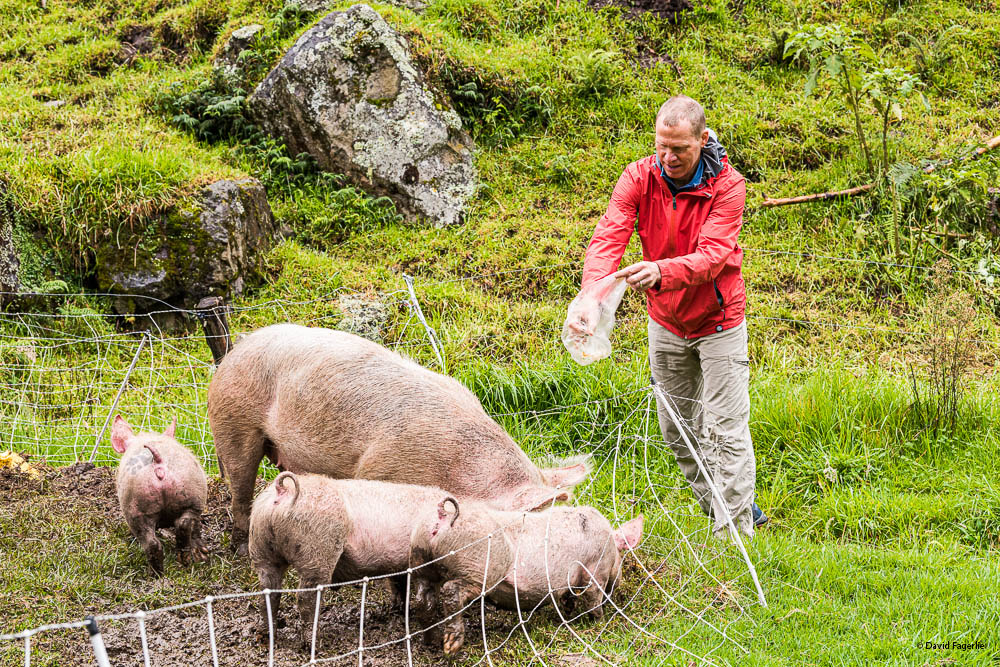
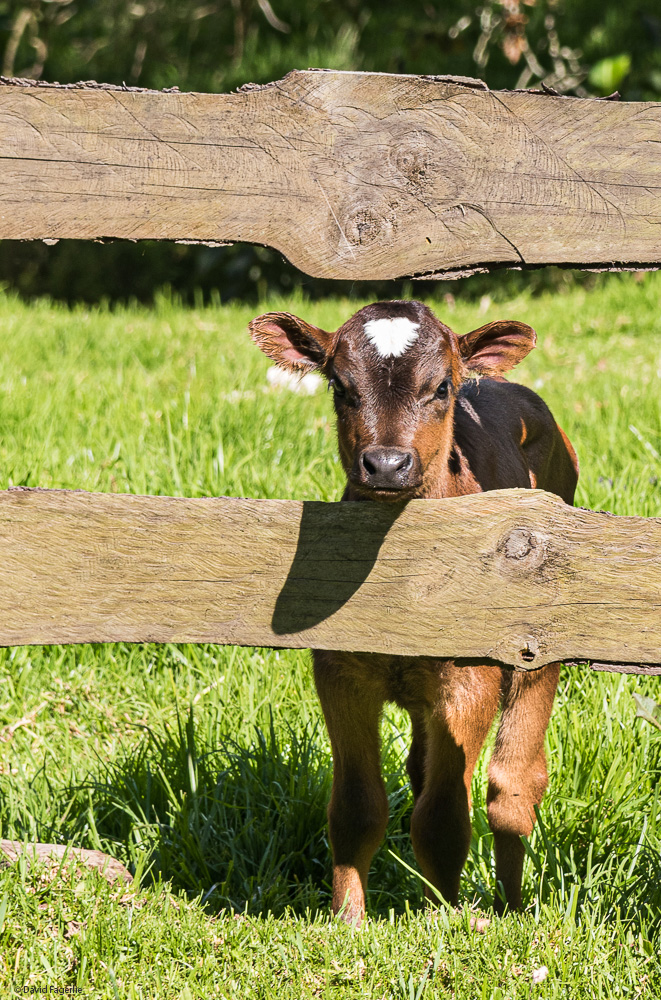
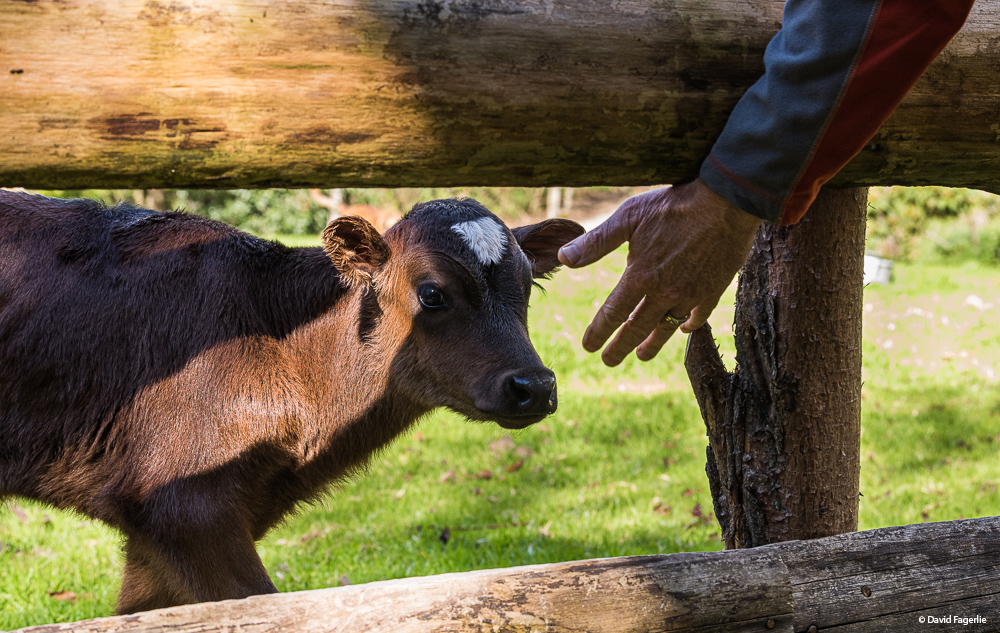
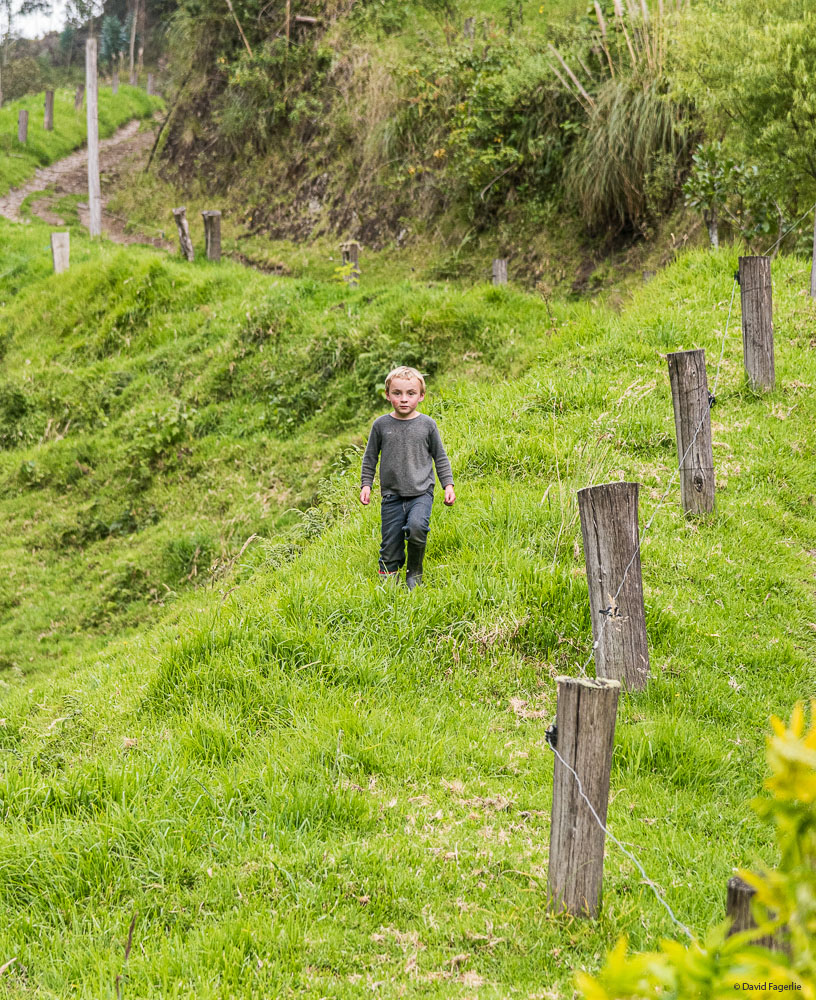
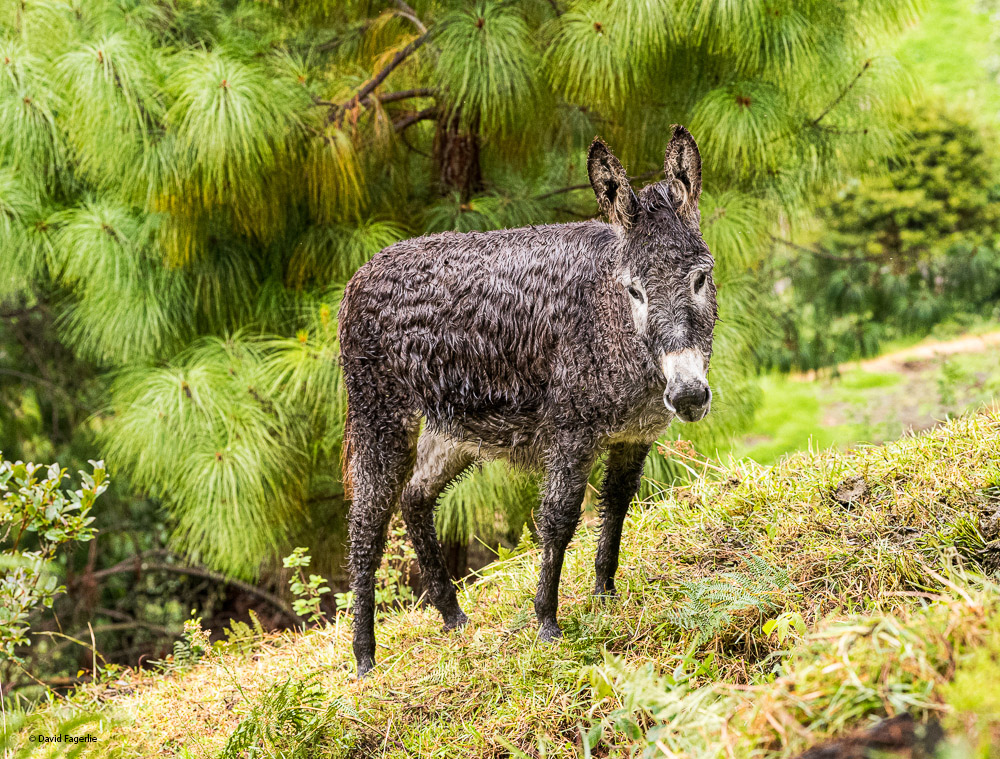
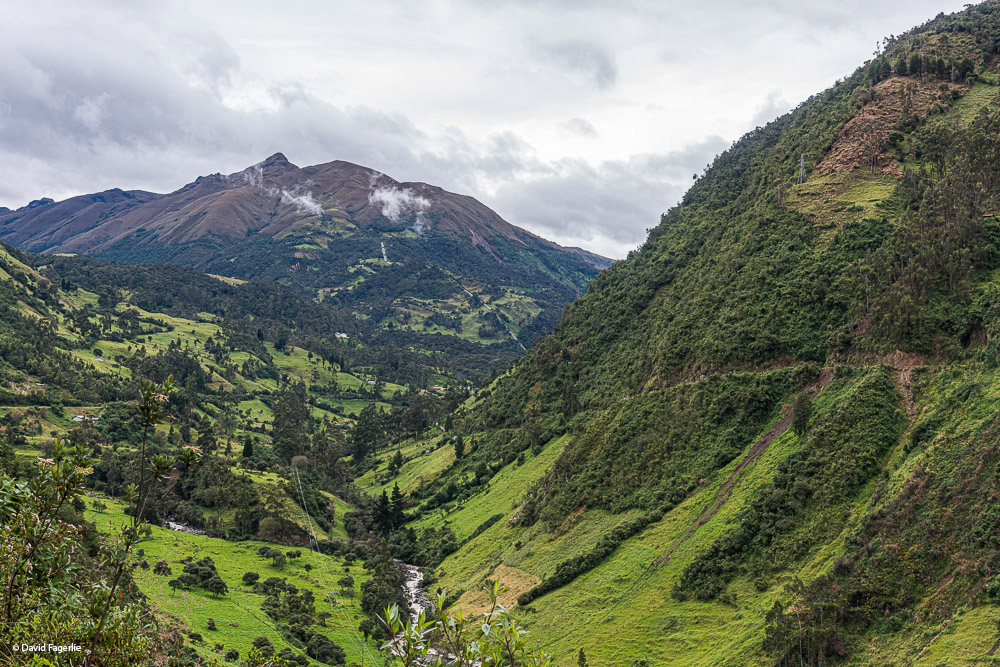
Nearby is a reservoir that supplies Cuenca’s water. In the next photo you can see massive water pipes (on the right) that are used to push turbines to generate electricity. In the photo after that you can see Cuenca from near the reservoir.
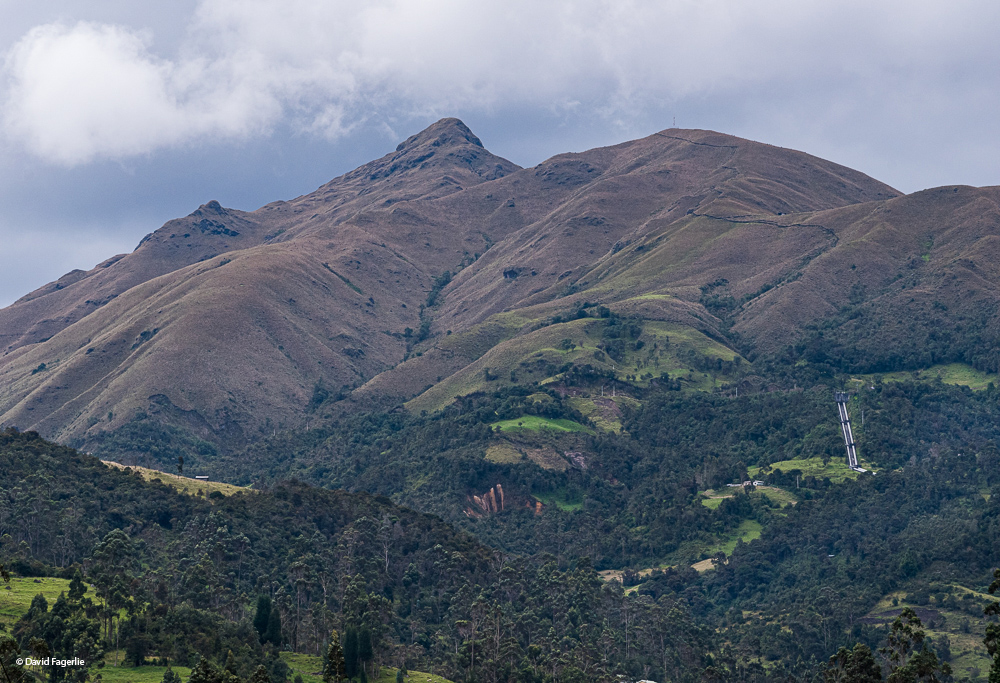
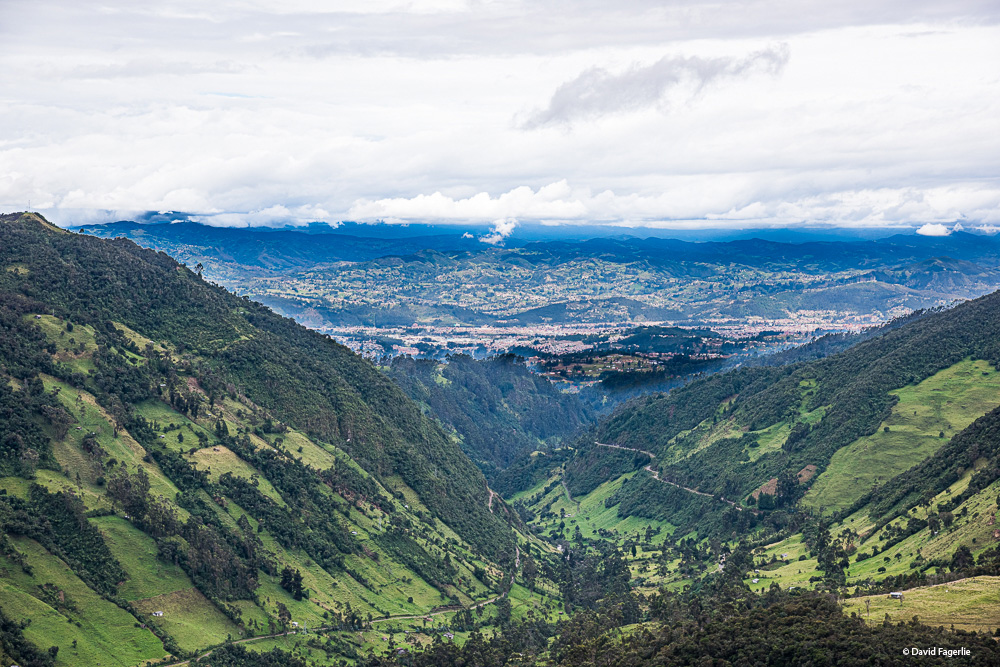
The kids pounded on our door. They had to show us their new facials.
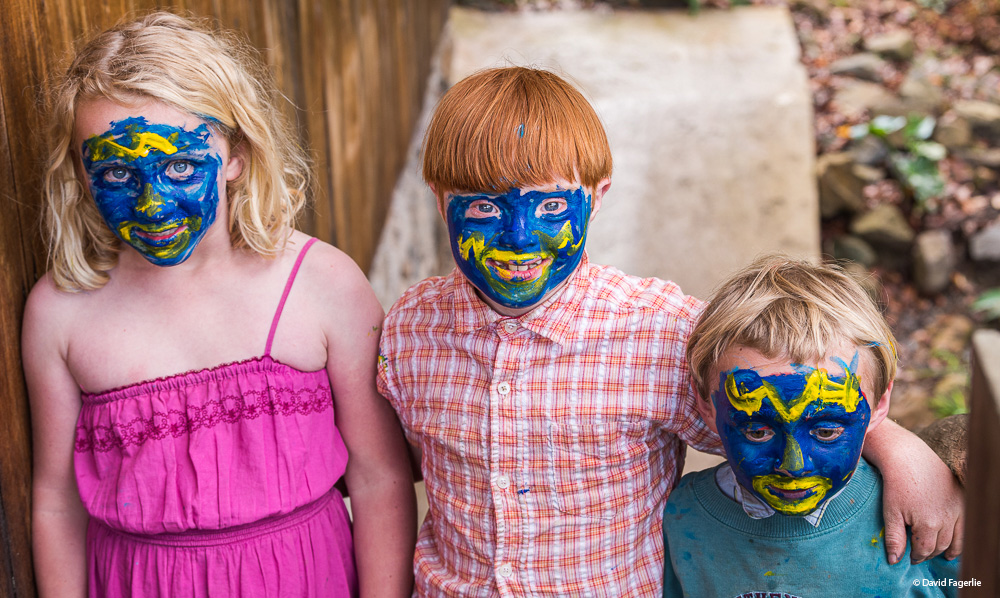
On our way back to town we made some new friends.
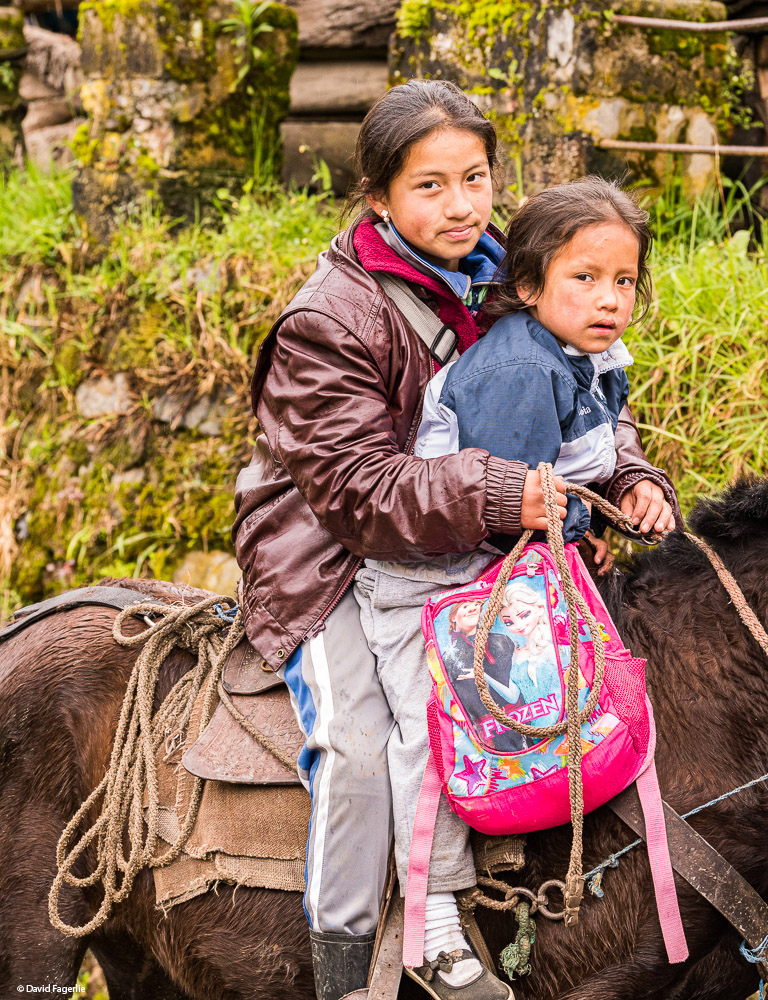
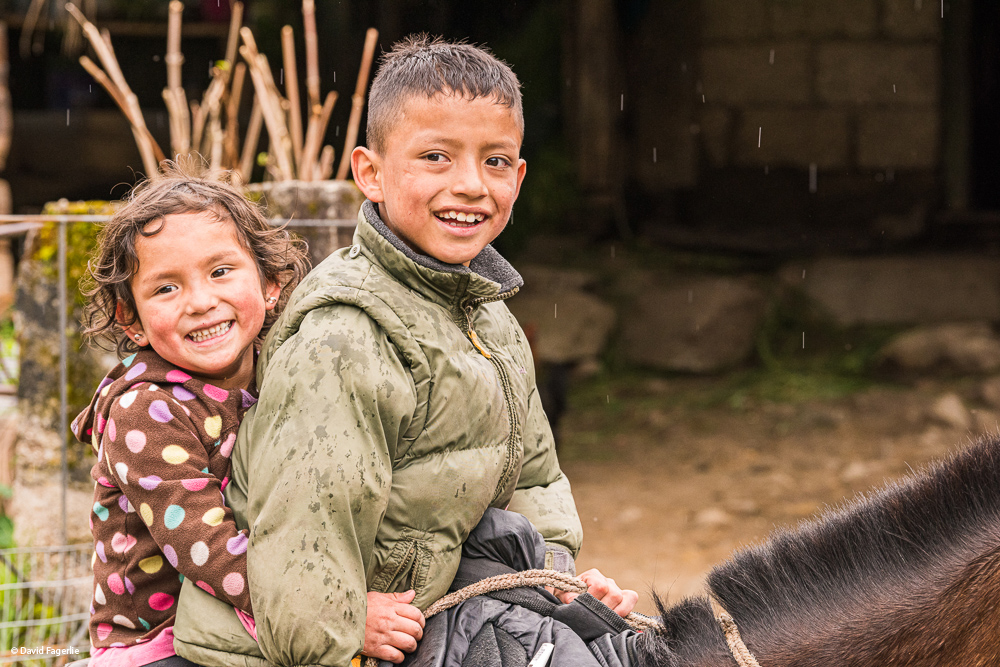
Biblian is small community just north of Cuenca in Cañar Province. The population of 20,000 has roughly been the same for decades, held steady by Spanish immigrants. It has one claim to fame – El Santuario de la Virgin del Rocío. As the story goes, in 1894 parish priest Daniel Muñoz climbed towards Zhalo hill and placed a small image of the virgin that he had kept since his time at seminary. Muñoz decided to build a small wooden temple to protect the image. In 1895 construction started to build a church made limestone, brick and wood. What you see today is the wonder of a church built into the side of a mountain.
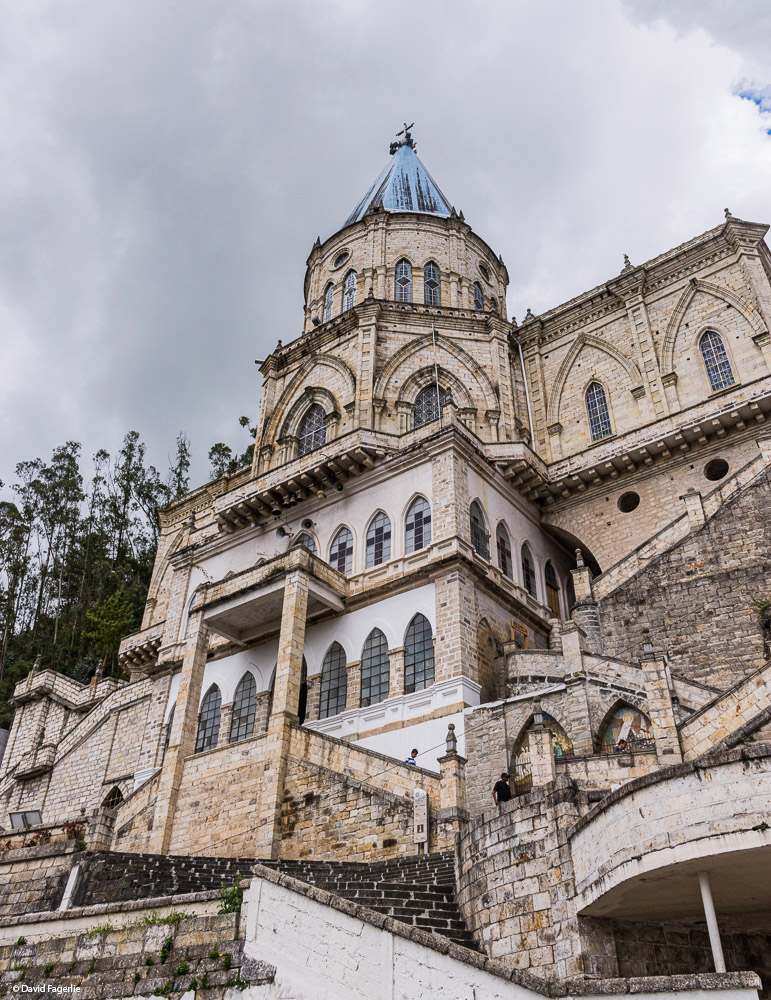
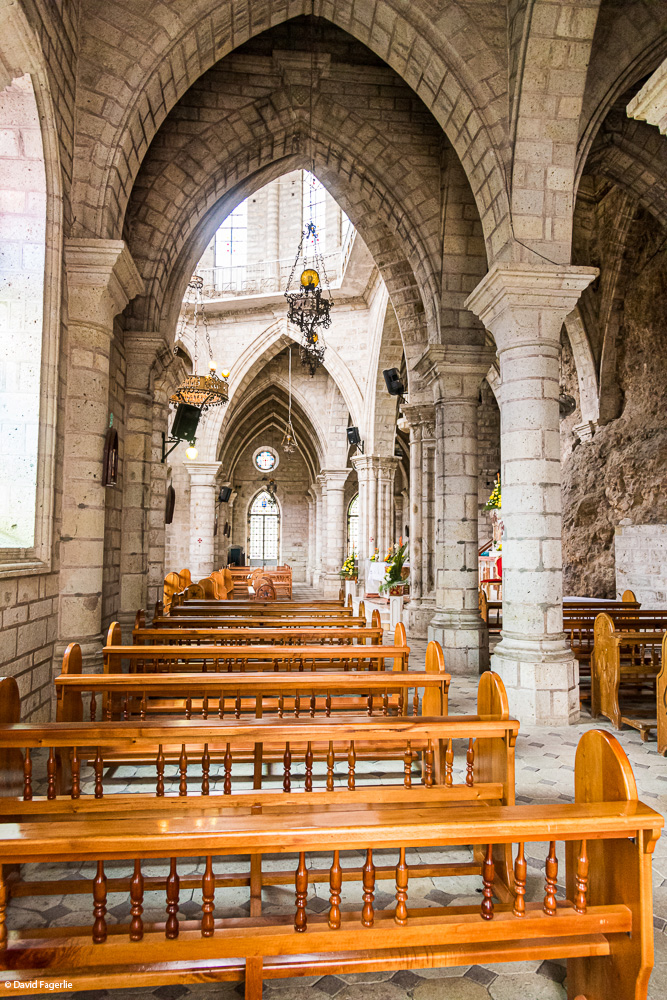
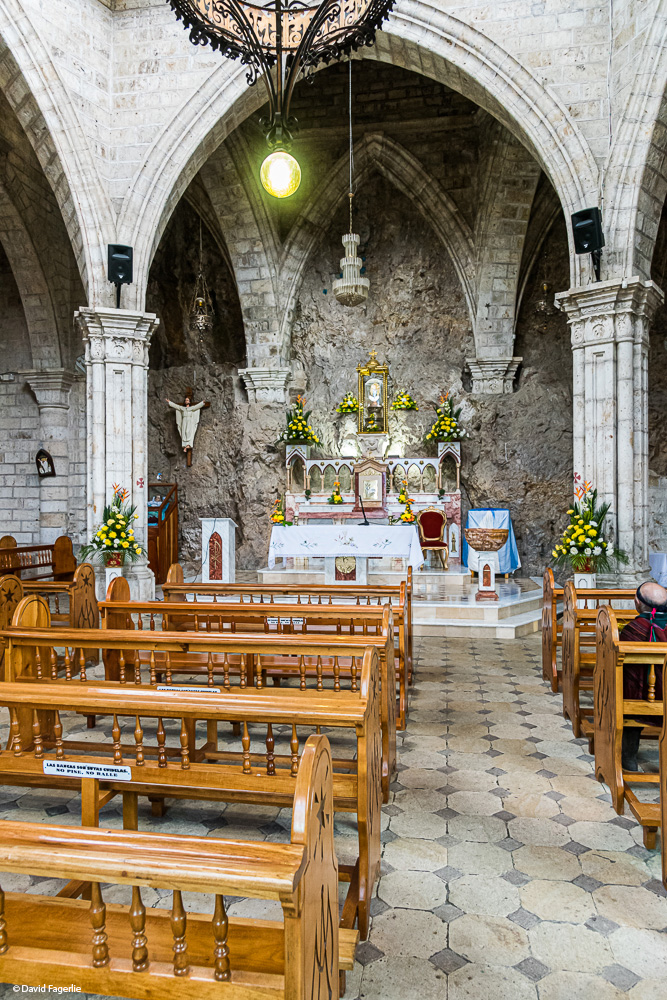
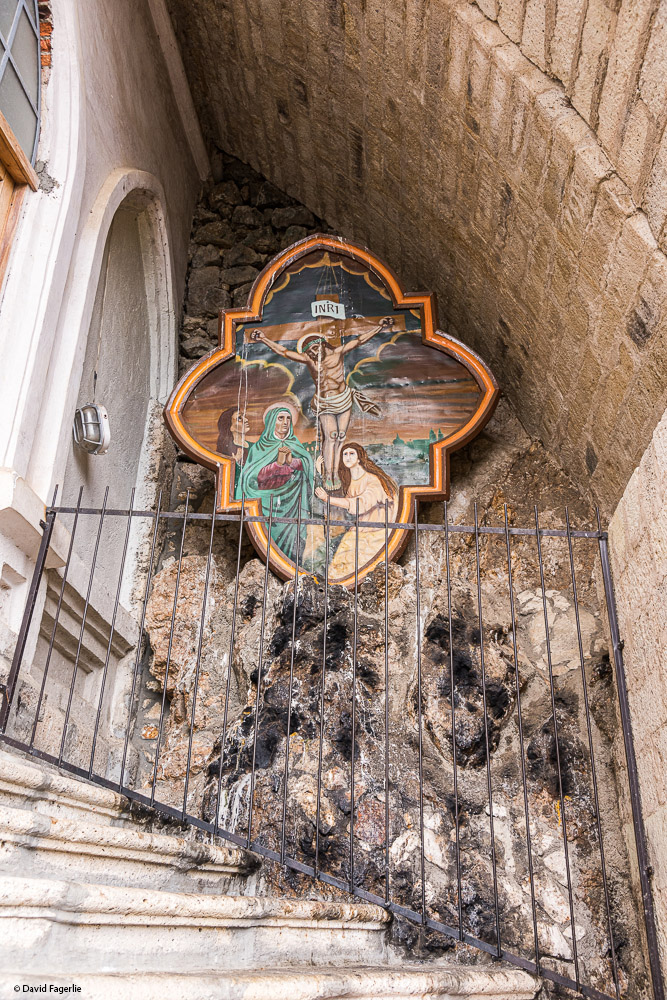
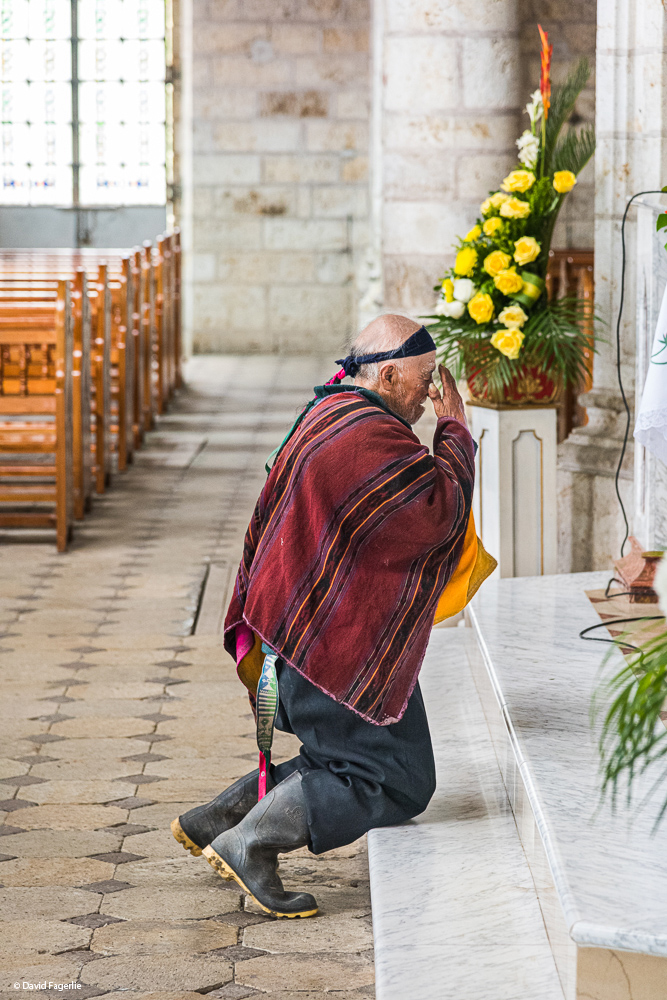
Here are some views from the church.
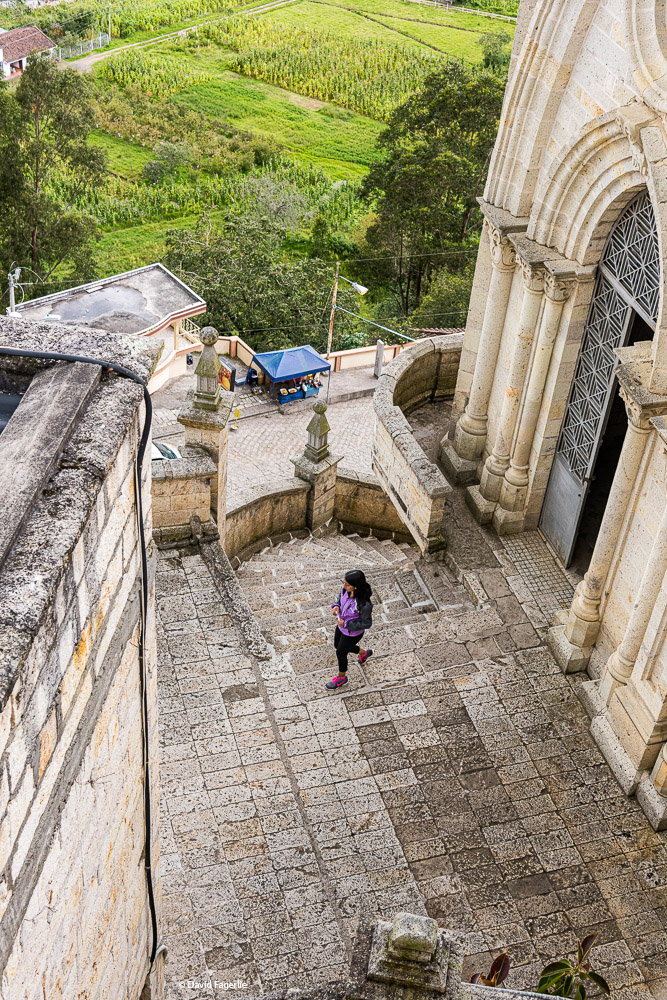
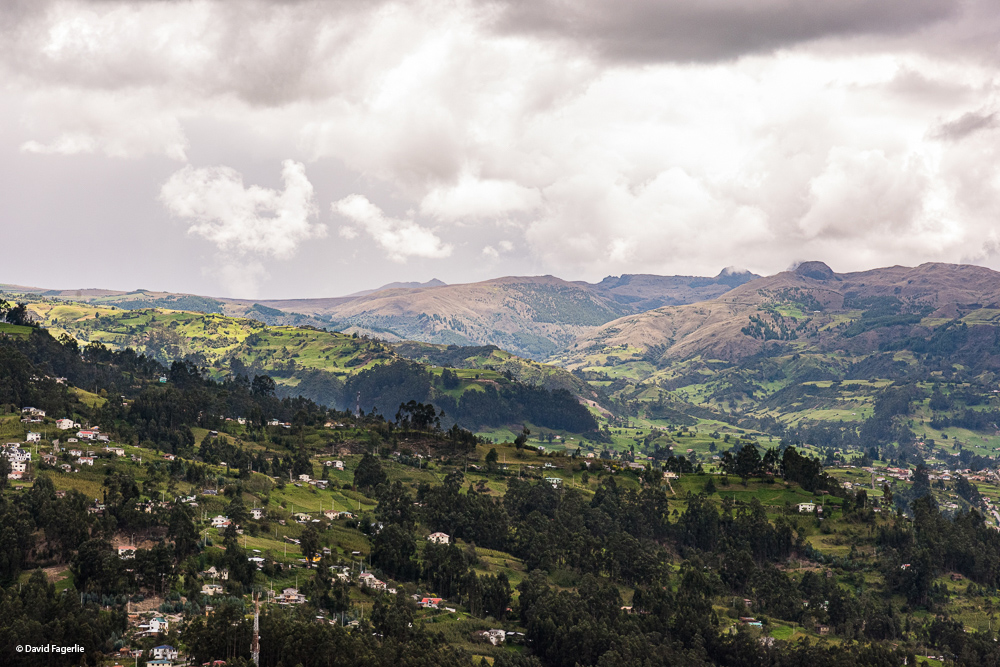
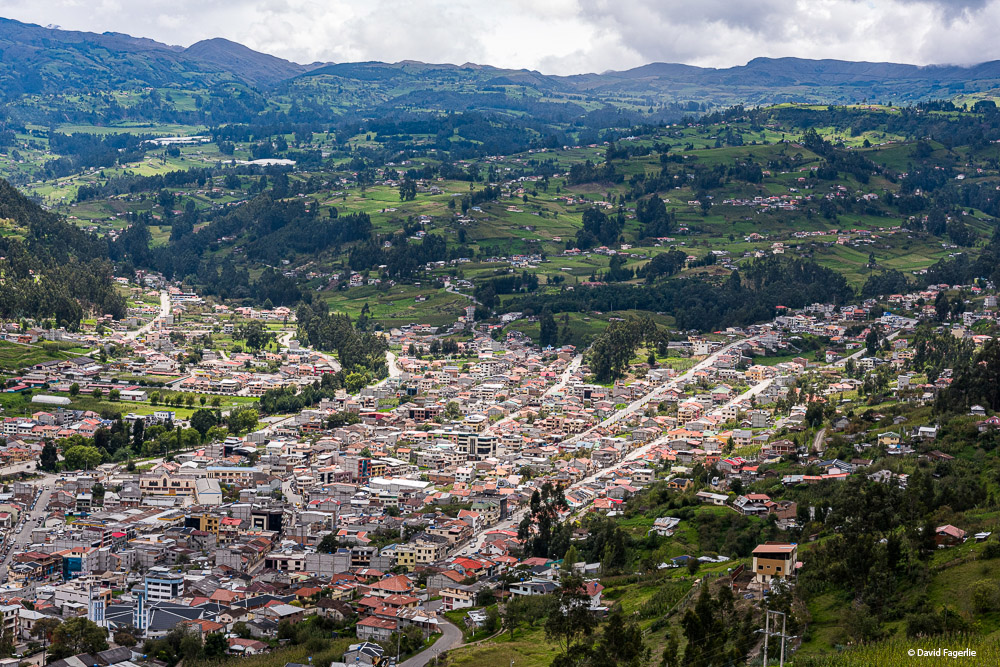
Cuenca is in Azuay Province (like a state in the USA). Barely across the northern border into Cañar Province is the small city of Azogues with a population of just under 74,000. It sits at an elevation of 8,261 feet (2,518 meters), slightly lower than Cuenca.
Every expat that entered Cuenca until recently has been to Azogues at least once to process their resident visa application. Neither my friend John nor I had been there since then; so, we decided to make a photography outing of it.
Aside from having fantastic homemade ice cream, good pizza and great coffee, Azogues is home to two landmarks of note. The story goes like this:
In Quito, Bishop Sancho de Andrade y Figueroa fell ill in the year 1696. Before prayers could be made by the faithful for a cure an image of Virgin Mary appeared sitting on a cloud over Quito. A Cuencano (man from Cuenca) artist Don Daniel Alvarado Bermeo created a sculpture of the image in 1899.
Construction for the Sanctuary of the Virgen de la Nube (Virgin of the Cloud) began in 1912 and the sculpture by Bermeo is located there. Each January 1st there is a mass in a field to honor the miracle of the Virgin of the Cloud. It is attended by about 40,000 people from near and afar.
The Franciscan Order inaugurated the “Construction of the Virgin” project in 2010. A monument was constructed at the highest point in Azogues and consists of 50 pieces of aluminum, weighing 350 tons and measuring 82 feet (25 meters) high. It was this monument that John and I traveled to Azogues to see. Our driver dropped us off on the hill as far up as he could drive and we walked a short ways more.
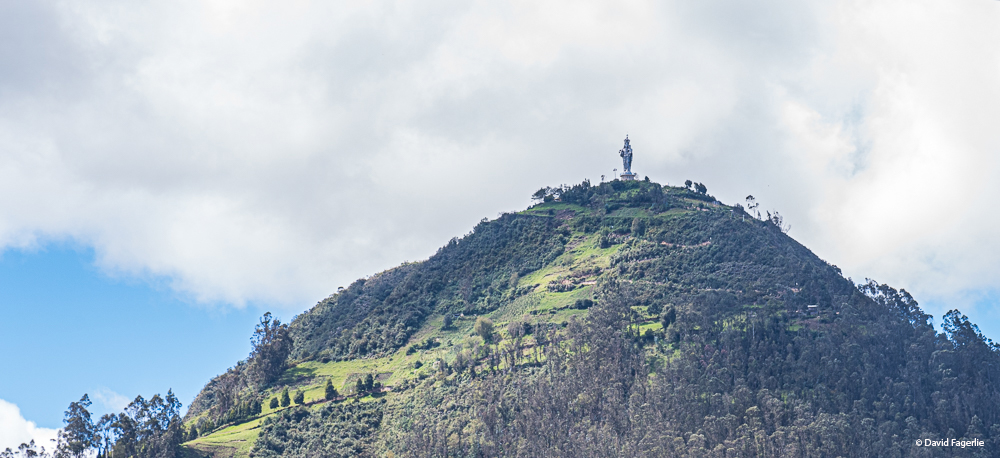
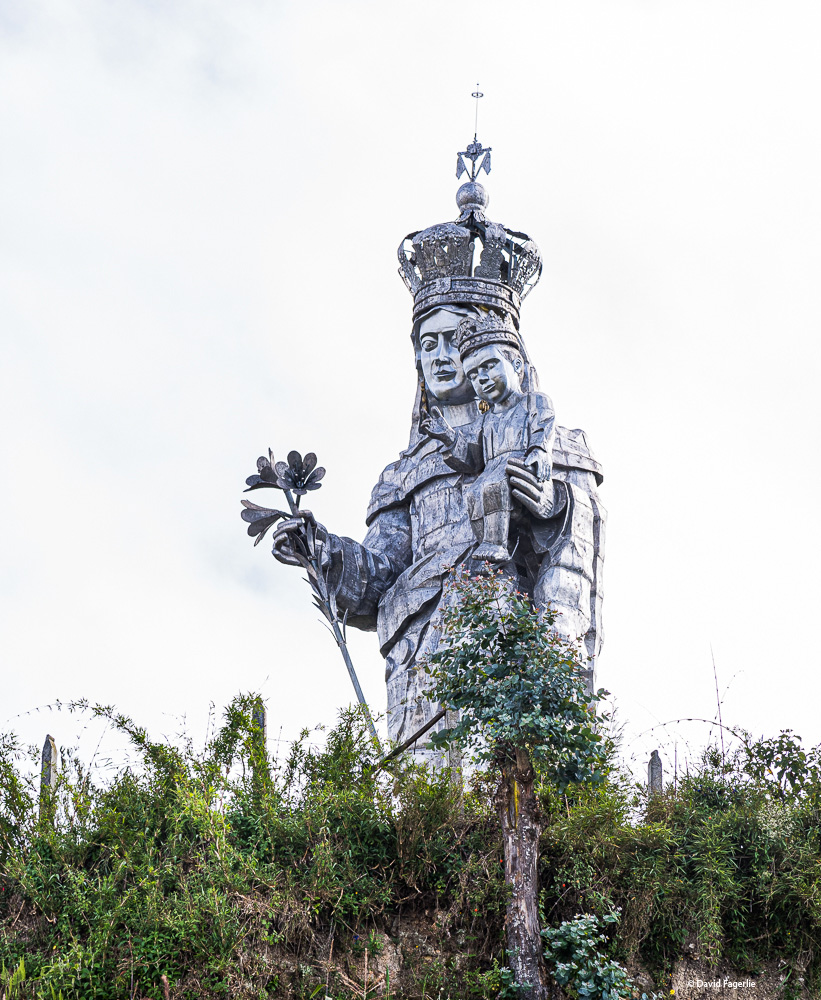
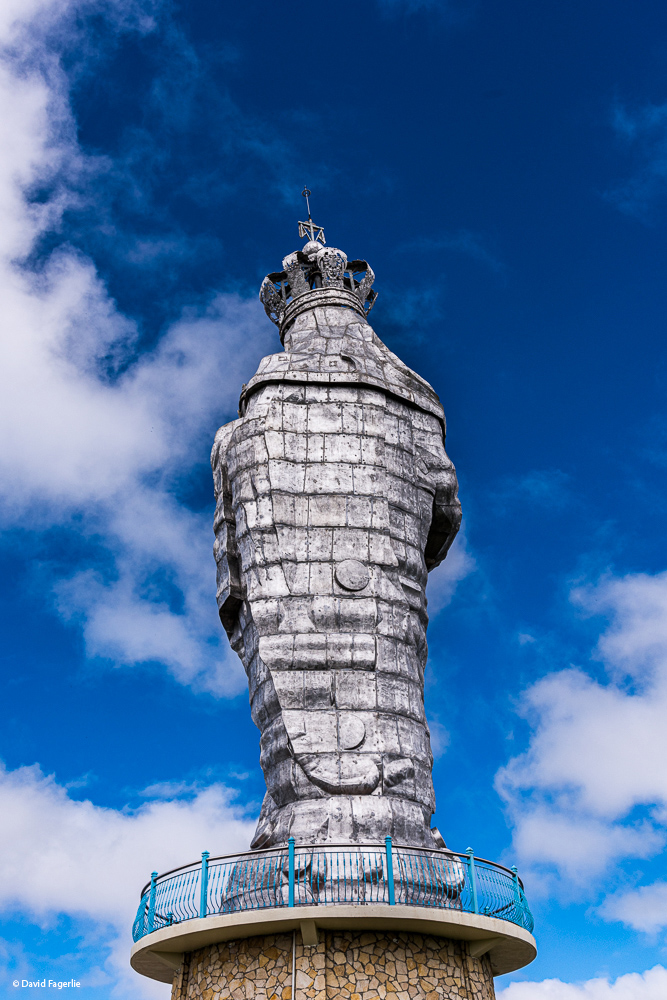
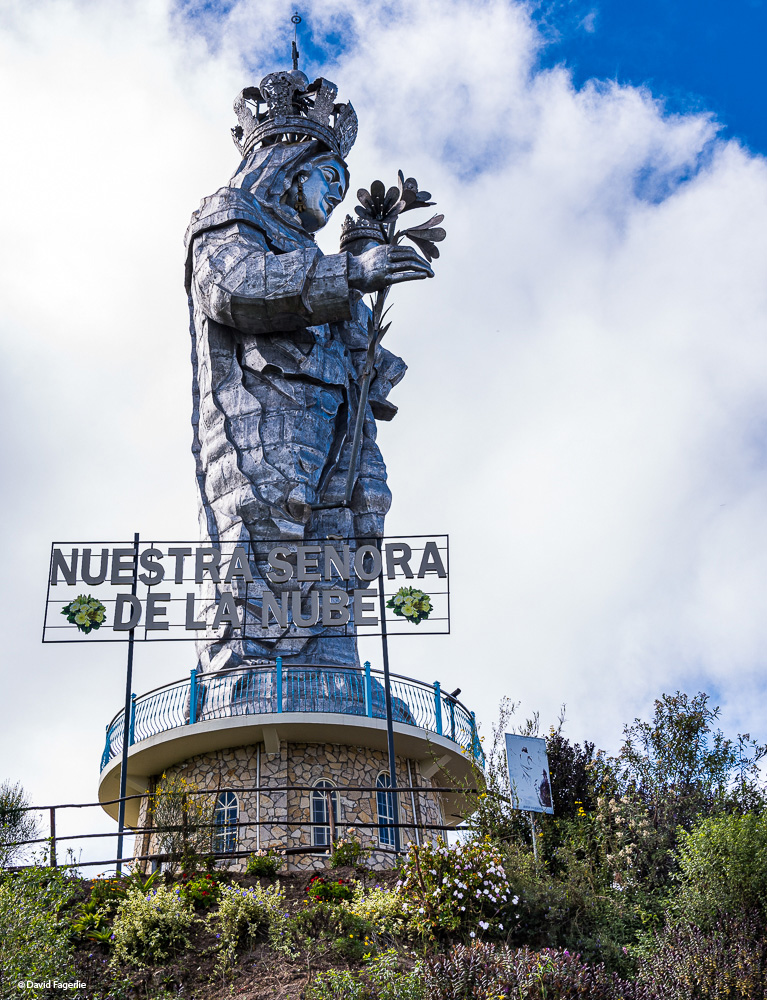
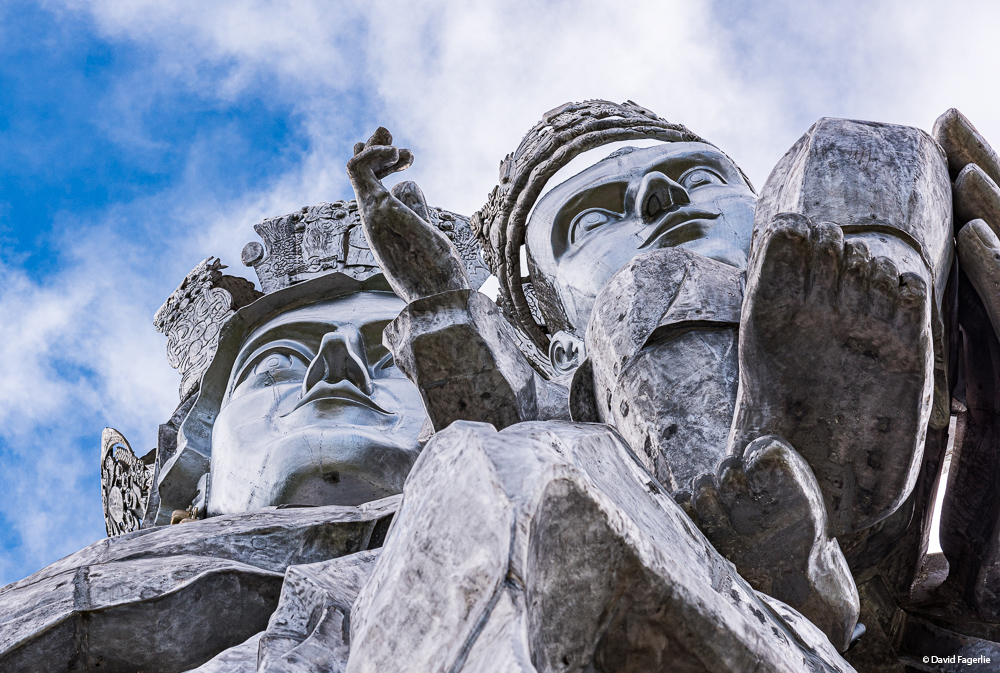

The views from the Virgin of the Cloud were spectacular.
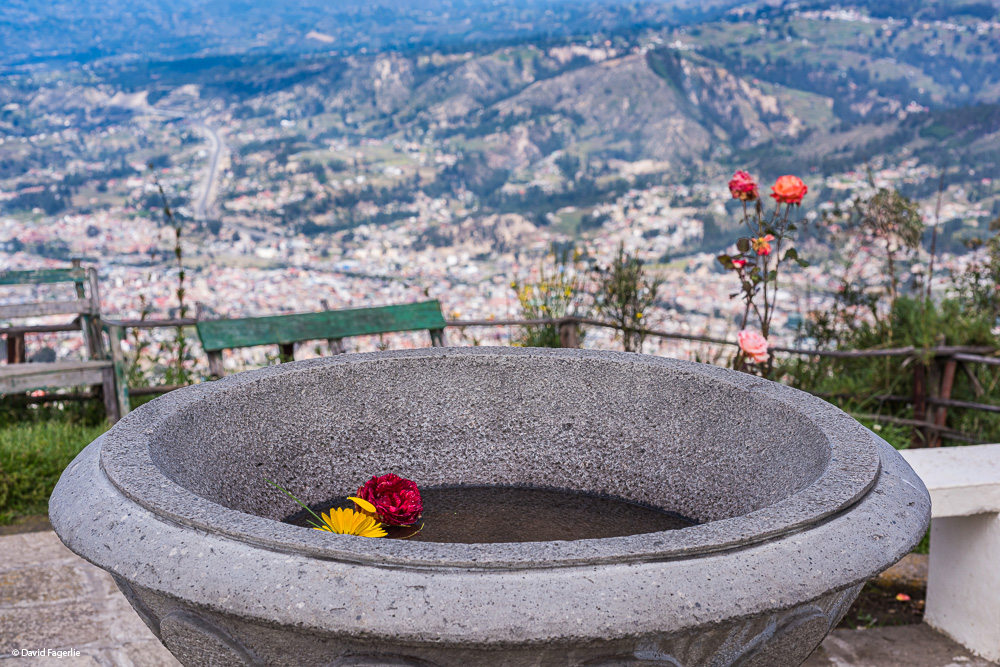
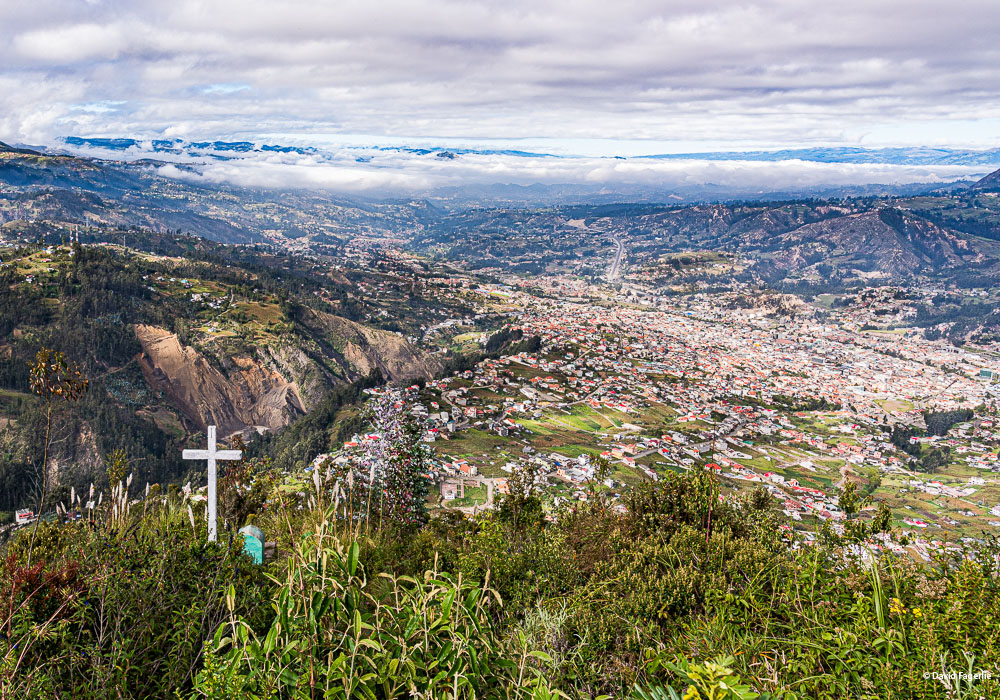
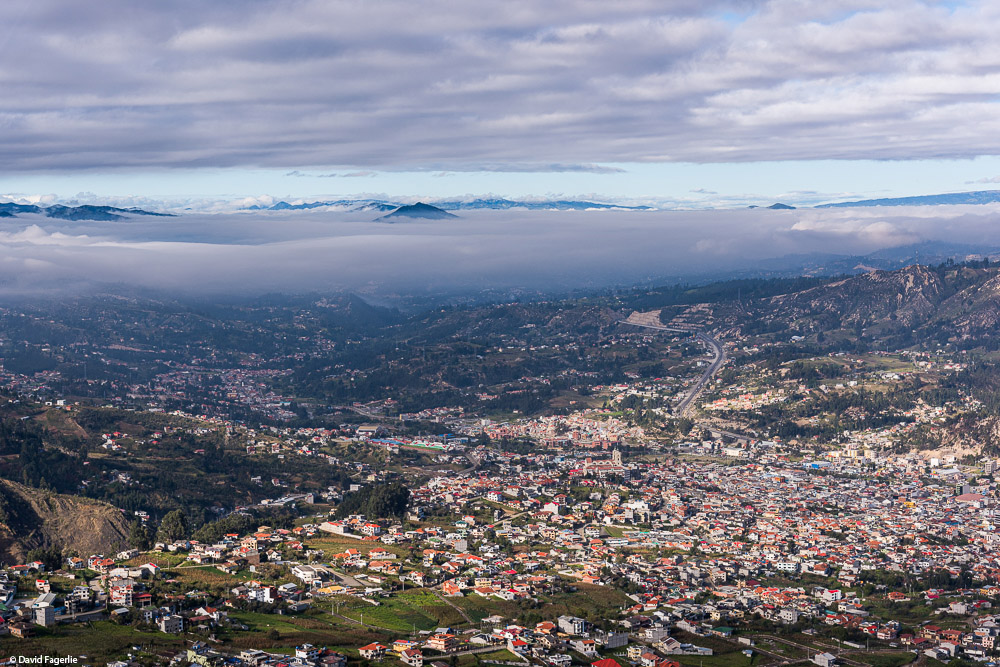
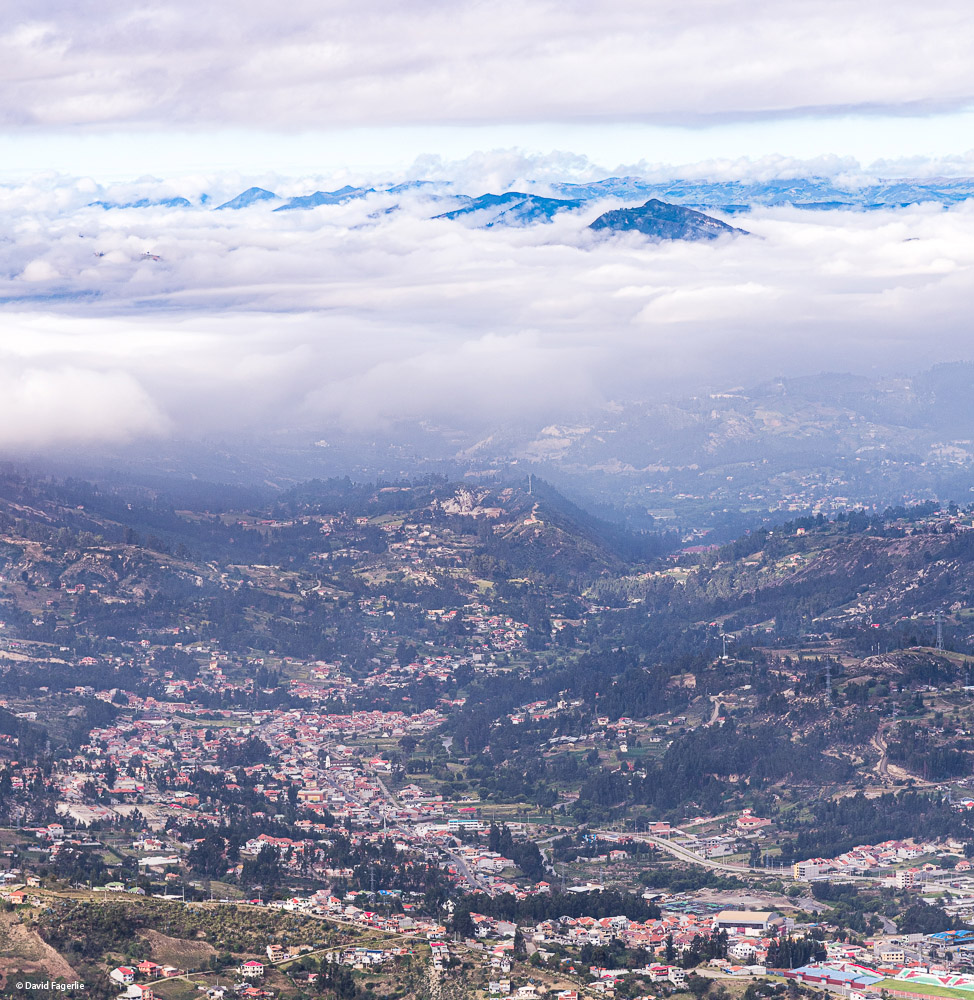
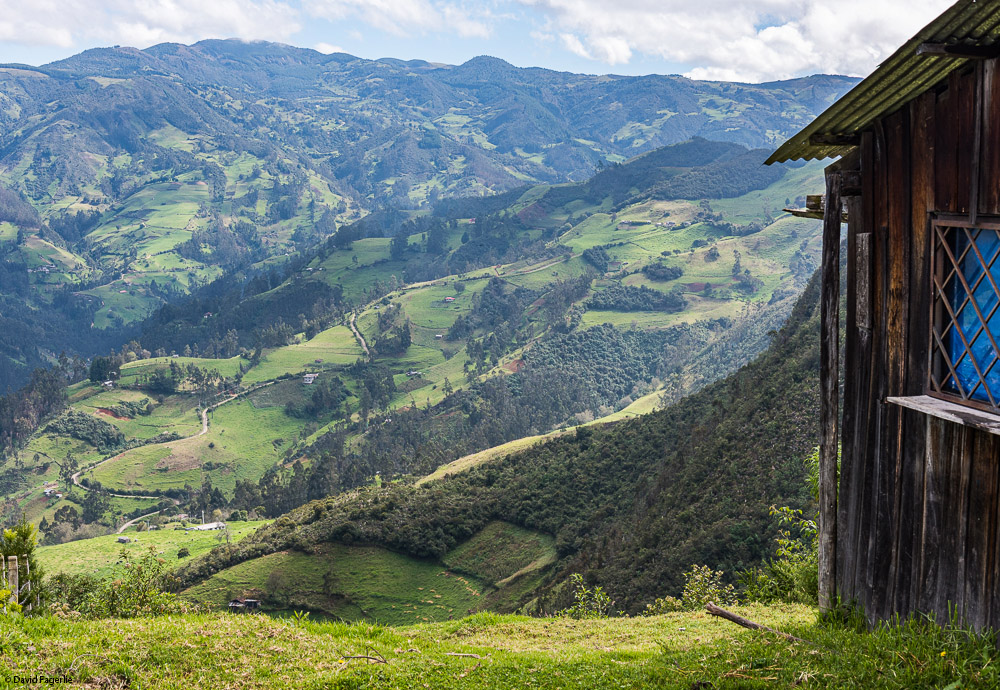
The Santuario Franciscano/Sanctuary of the Virgen de la Nube was visible from where we were. We decided we should see it and started our walk down. It was a very steep descent over more than an hour. At first, the walk had interesting sights before we reached pavement. By the time we were perhaps two-thirds of the way down both of us were complaining of knee pain. Finally, we reached the town square.
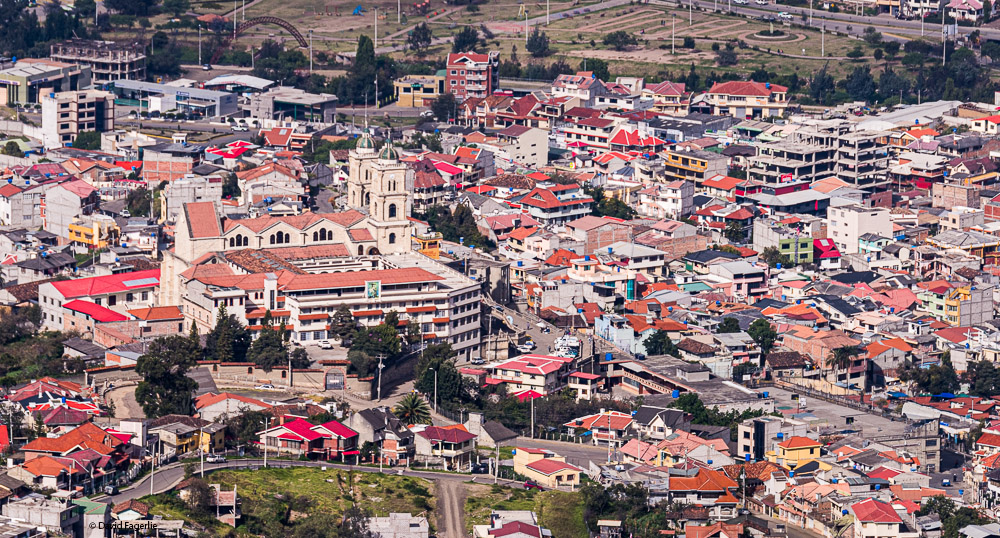
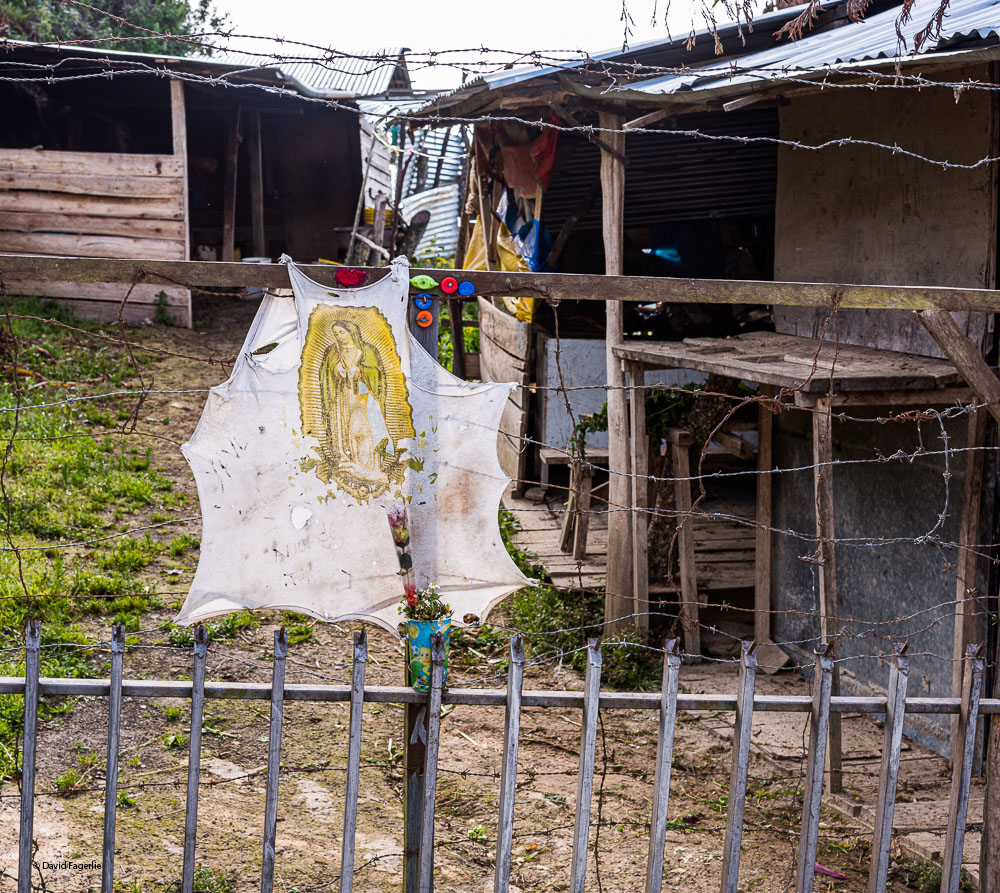
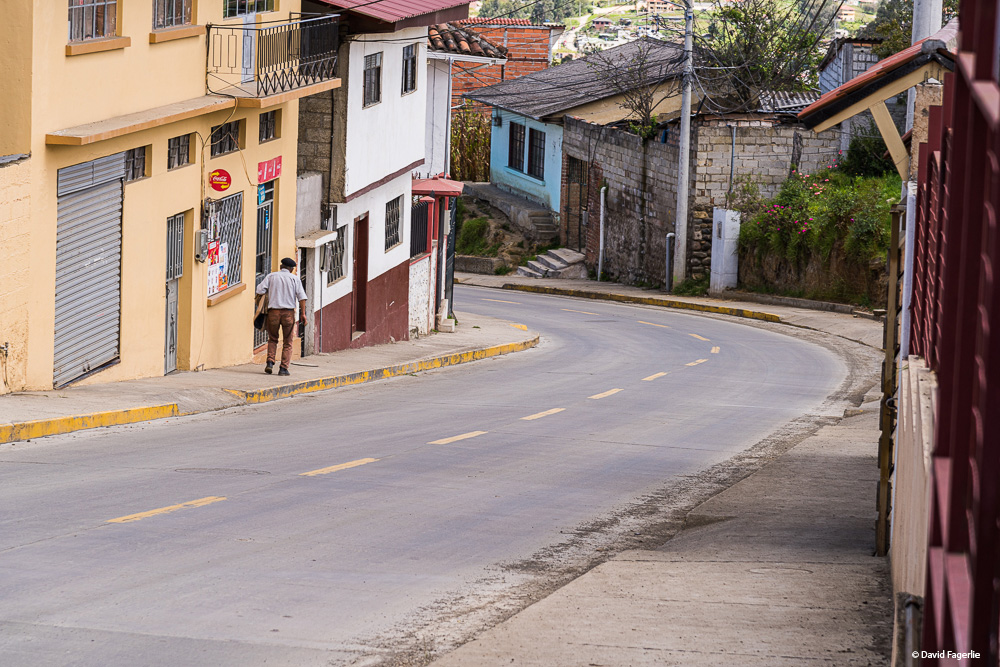
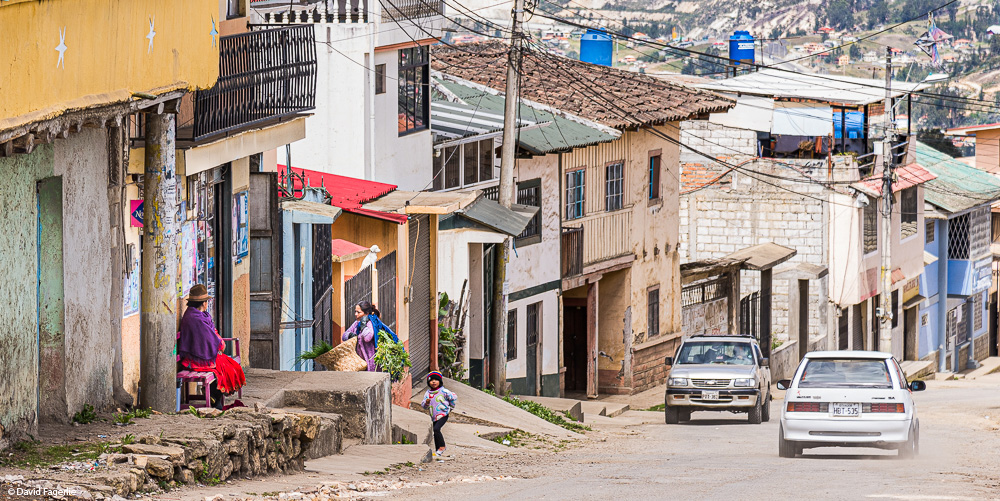
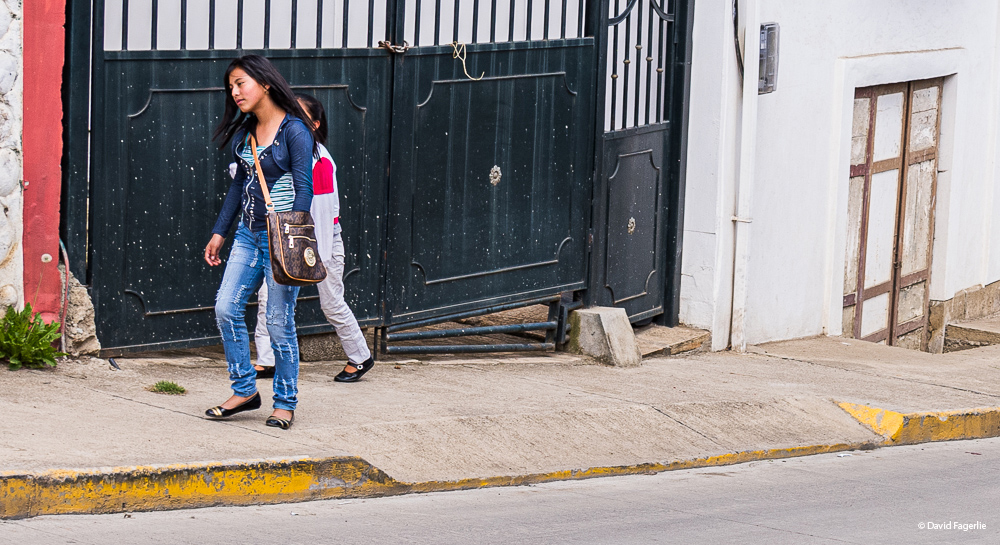
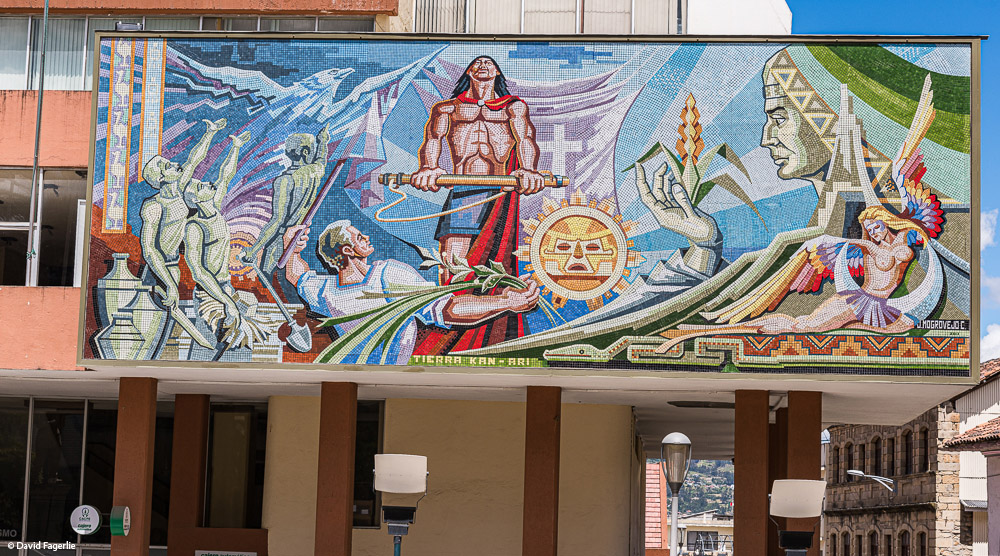
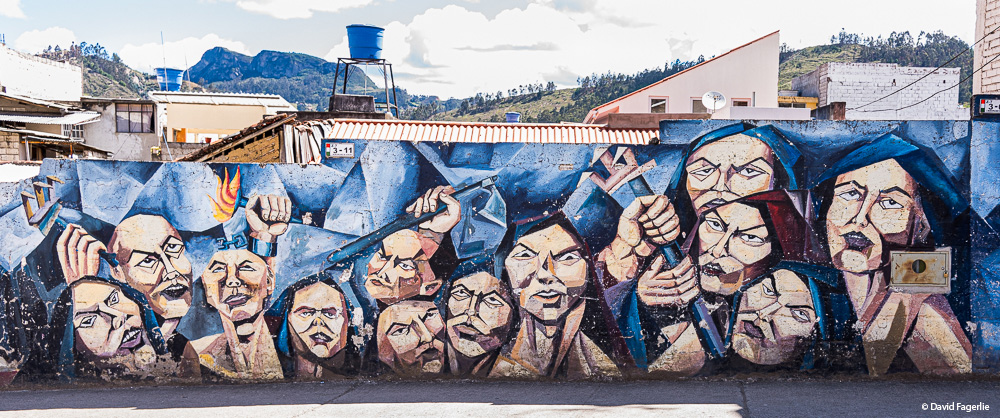
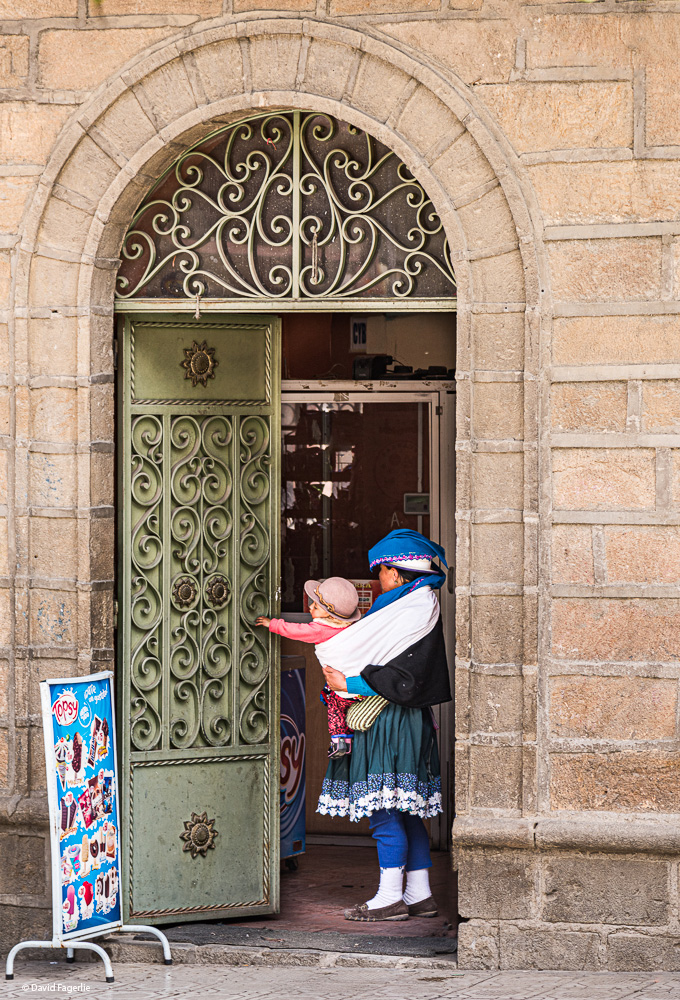
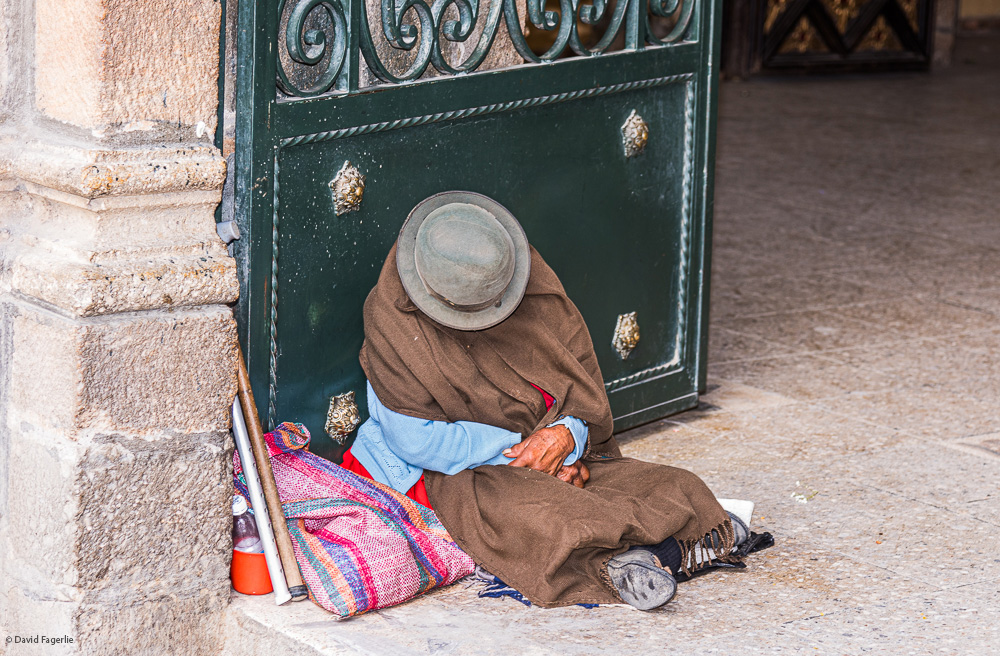
After a rest and some fabulous coffee and ice cream I was ready to trek to the cathedral that is all about the Virgin of the Cloud.
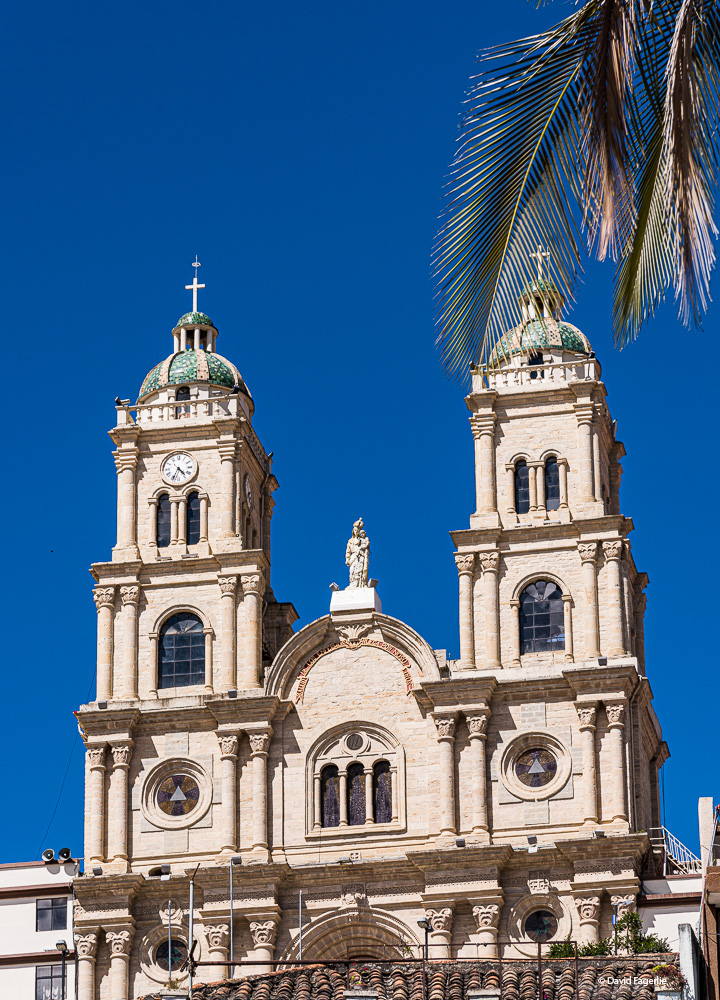
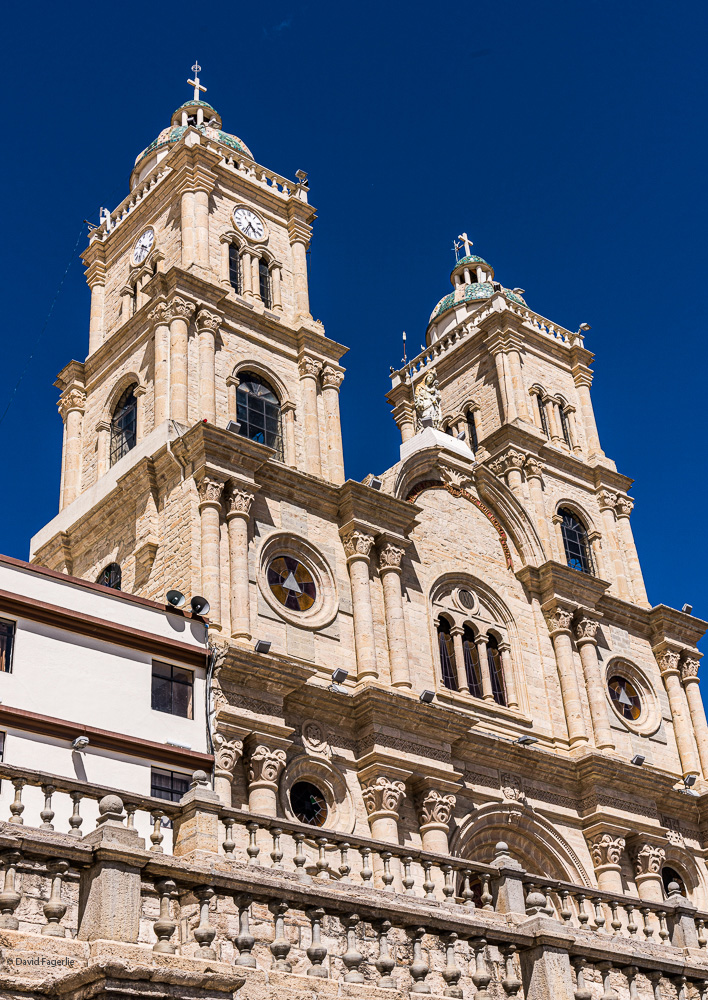
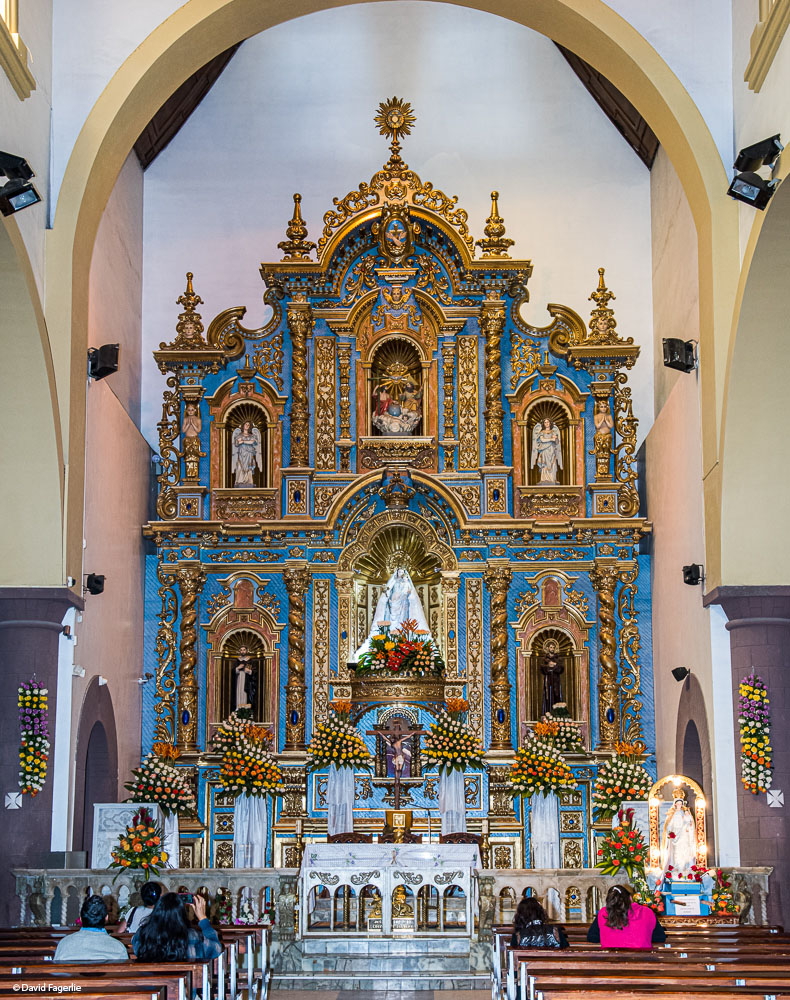
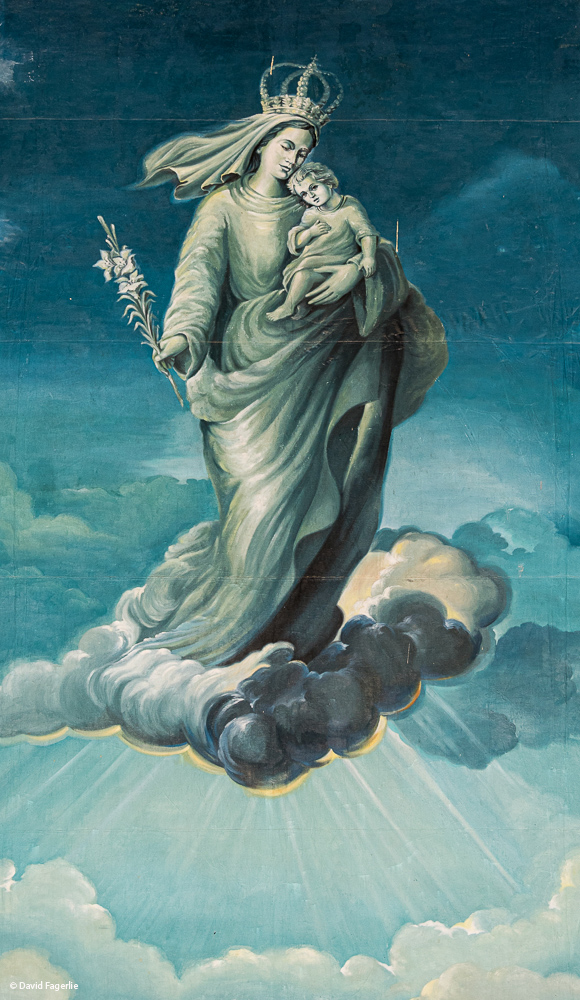
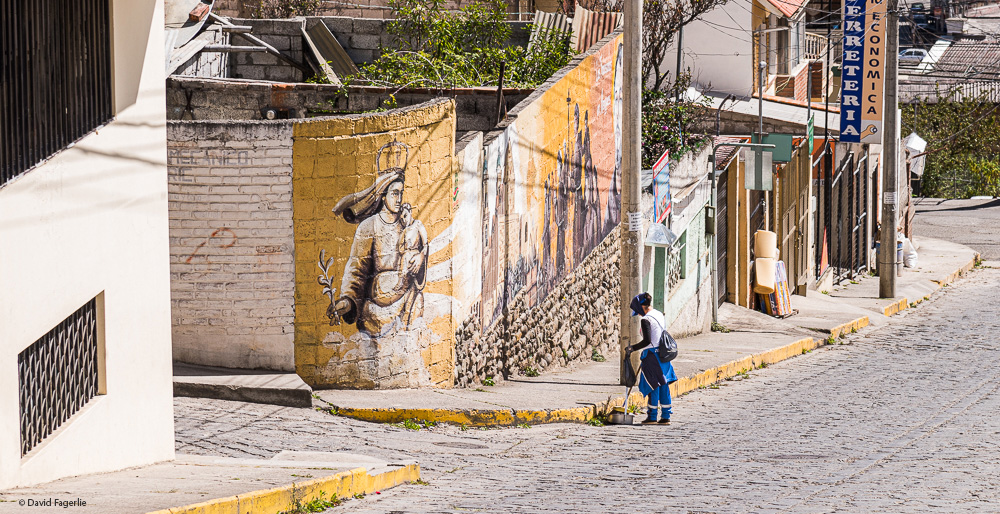
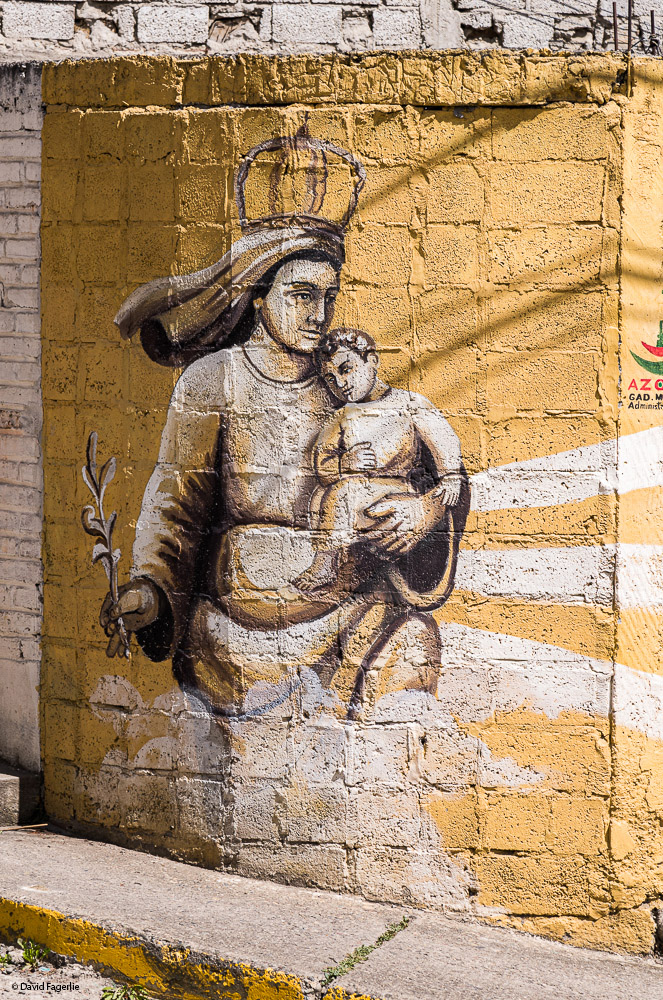
To see higher resolution images from this chapter click HERE.
Next week we will begin another journey that will mostly be above 9,000 feet. See you then.
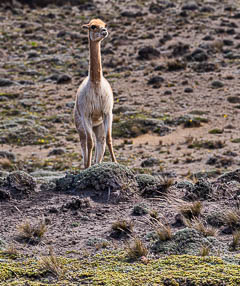
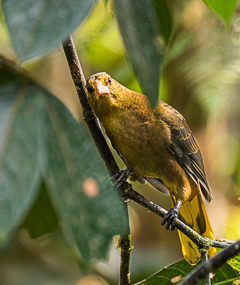
May 29, 2021
Chapter 1: Alausí to Chimborazo
Those folks that have followed my webbook Ecuador since the first chapter may find this especially interesting?